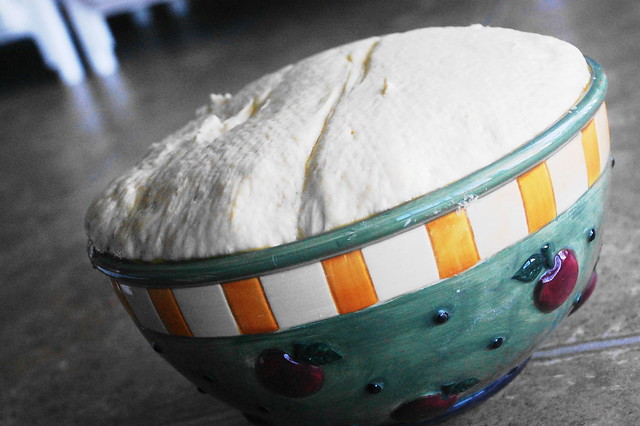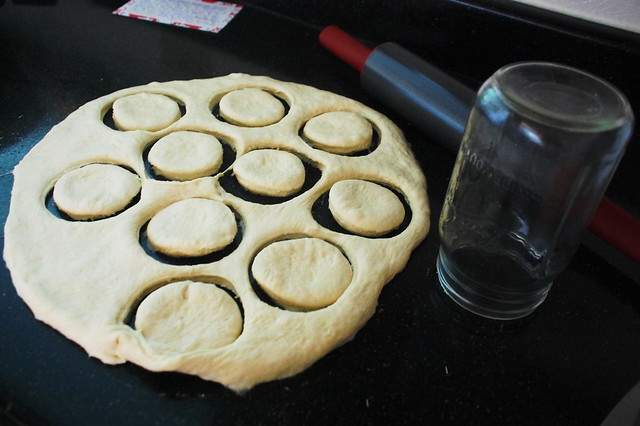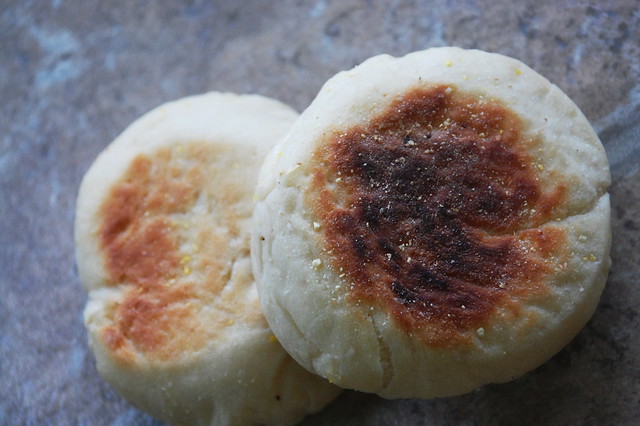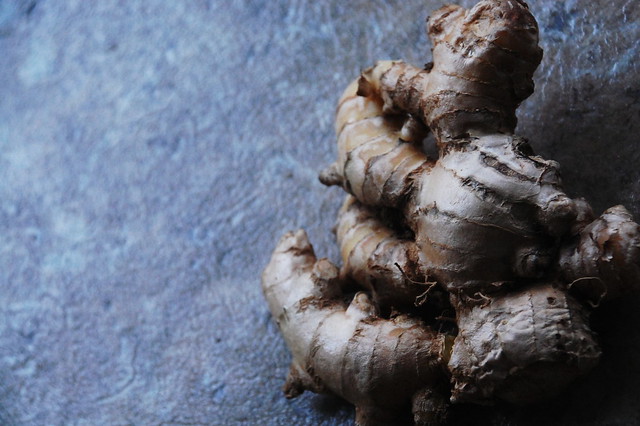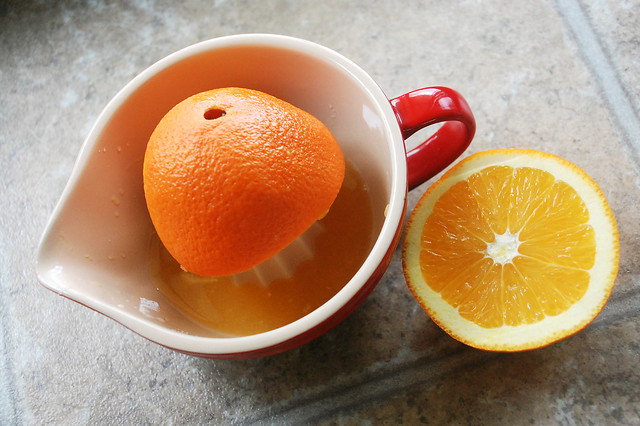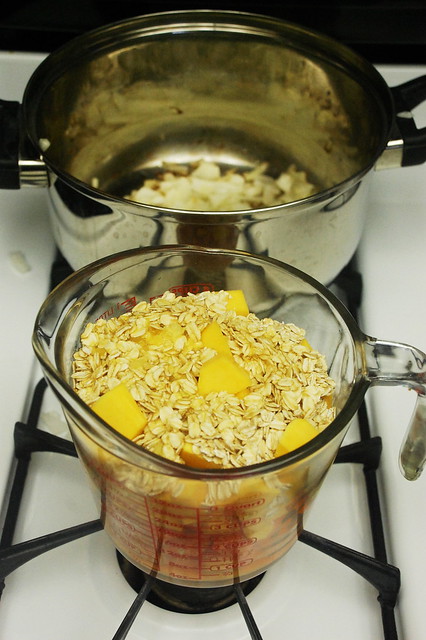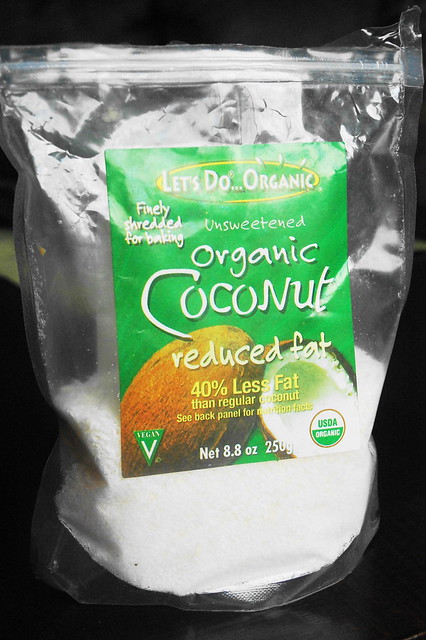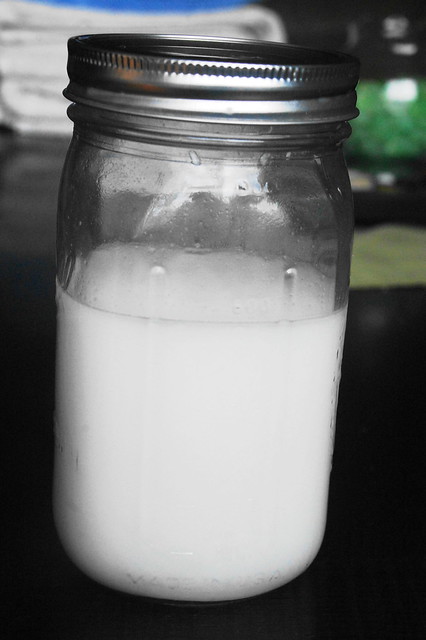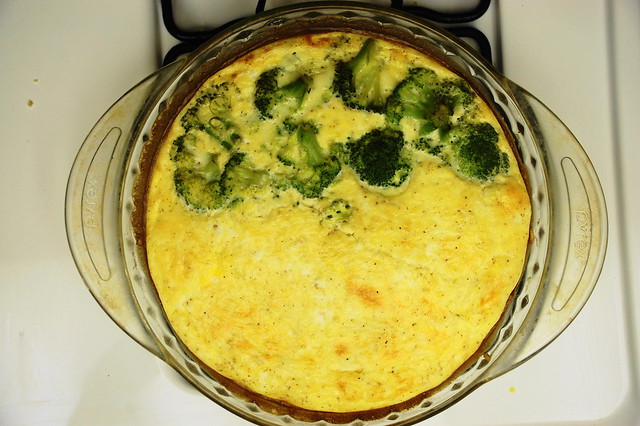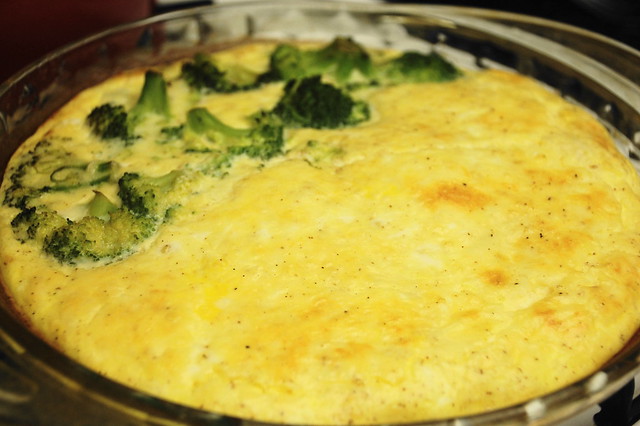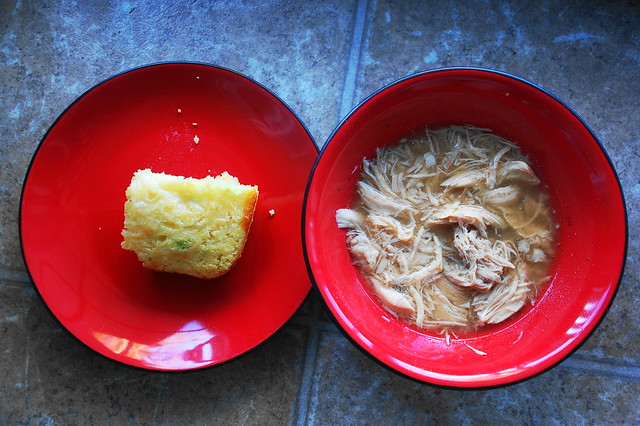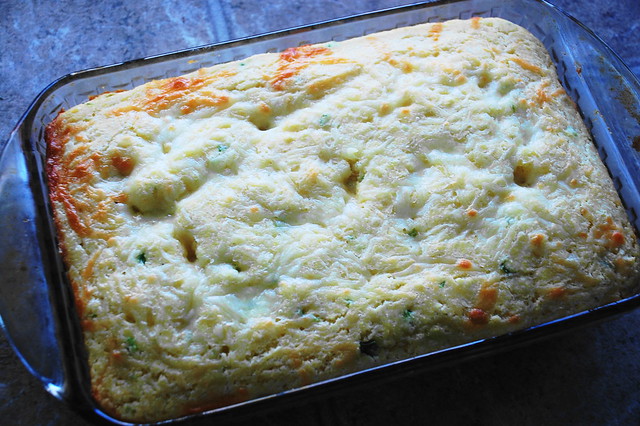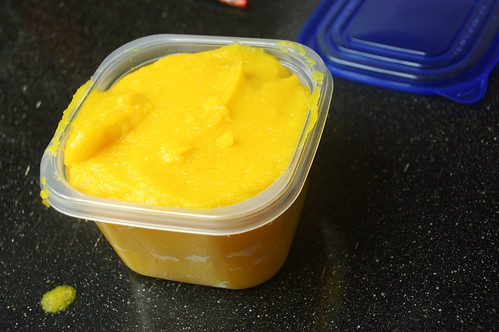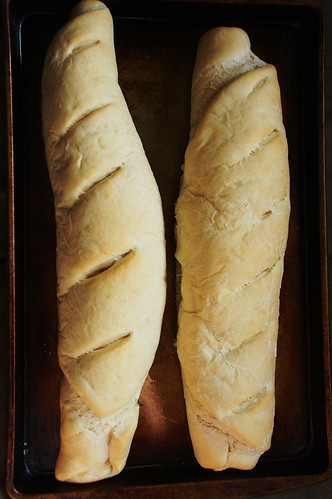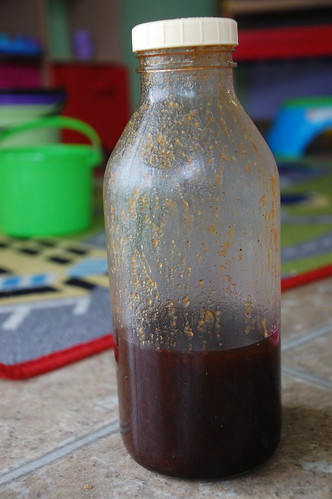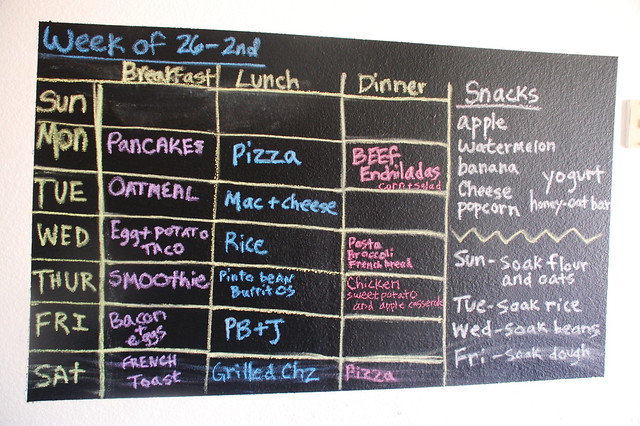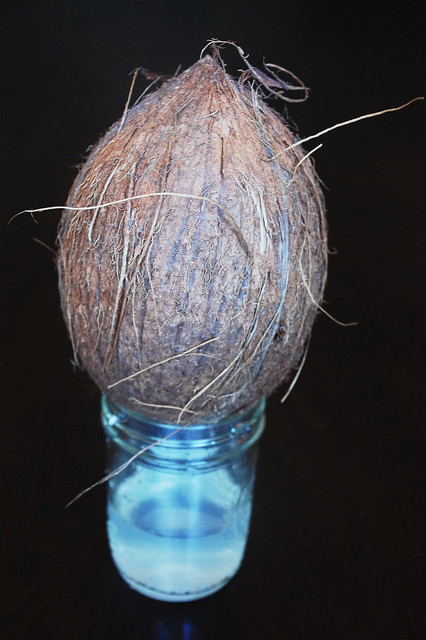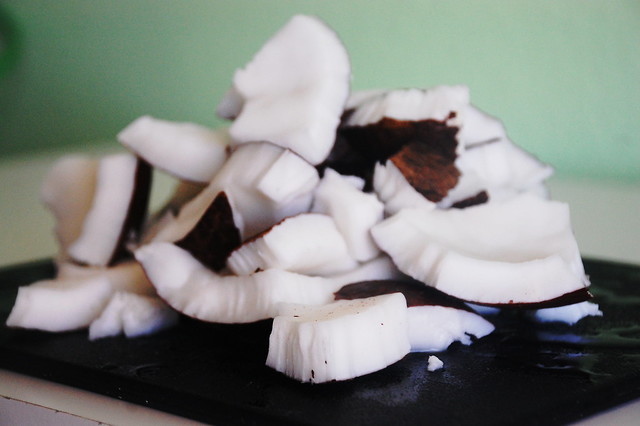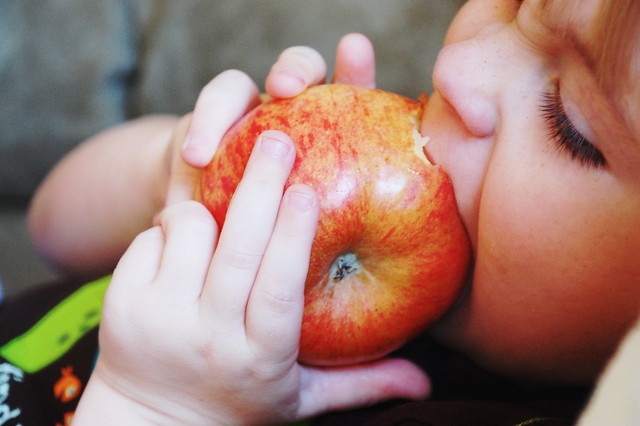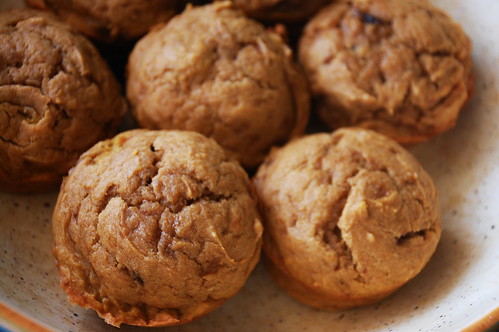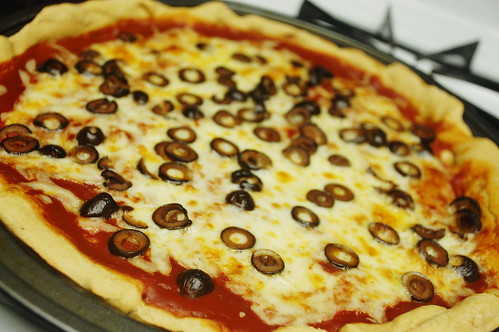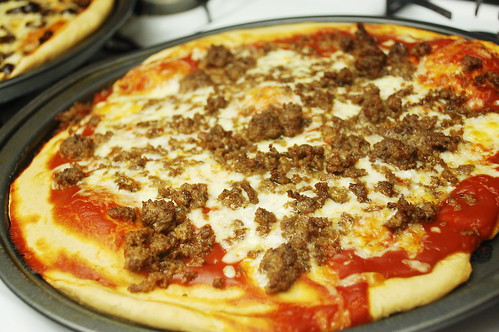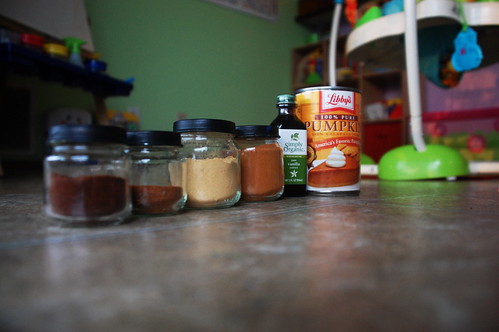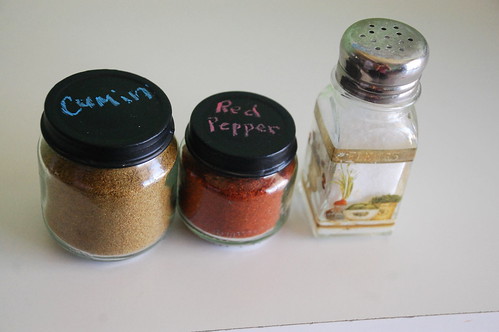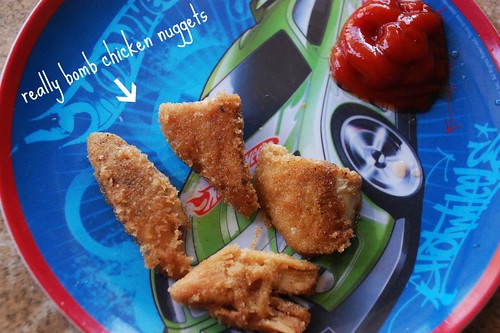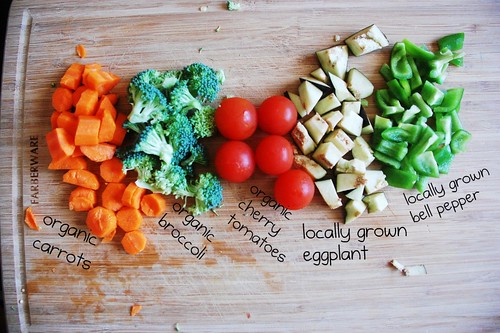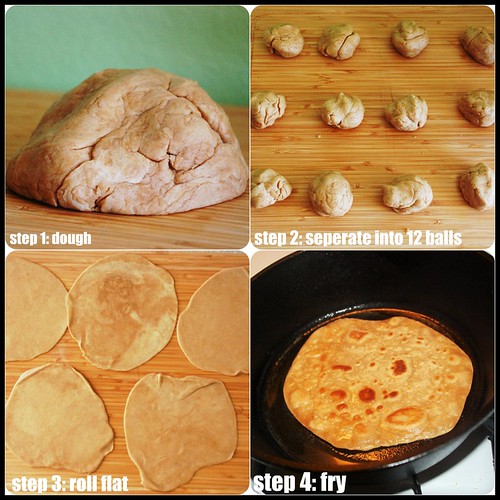Although I've made plenty of healthy changes to my family's diet and we are making wonderful progress towards better food choices, I still have a huge weakness: Sugar! Just because I'm baking with whole, unrefined, natural sugars doesn't magically make sugar good for our bodies. I'm not sure if Halloween/Thanksgiving/Christmas is really a good time to start depriving ourselves of our favorite foods, so maybe after the Holidays? Yeah? In the meantime, I am still letting us indulge in some delicious, seasonal favorites. :)
Here's how to have a delicious and perfectly sweet pumpkin breakfast:
1) First, buy yourself a baking pumpkin. Cut it right down the middle and remove all the pulpy strands and seeds (if you like, you can save the seeds and bake them for a crunchy snack). Place the pumpkin halves face down in a baking dish and add 1/2 an inch of water to the pan to keep the pumpkin moist. Bake at 450º for about 45 minutes, or until you can pierce the skin with a fork. Seperate the pumpkin flesh from the skin by scooping it out. Use a blender or food processor to whip into a perfect, creamy pumpkin puree.
Now you have fresh pumpkin on hand for baking!
You can store it in the refrigerator, or freeze in ziplock bags.
2) Next, bake yourself a couple easy french bread loaves.
Don't worry, it really is easy! The best advice I can think to give you if you're not accustomed to baking your own bread is this:
be patient and
use fresh yeast. Your dough has to rise, so don't rush it or try to cut corners. And if your yeast is old, your bread will be a disaster (speaking from lots of personal experience here).
Dissolve 2 packages of active dry yeast in 1/2 cup of warm water with 1/2 tsp of honey. Dissolve completely and let sit for 5-10 minutes. Once active, combine together with 2 tablespoons honey, 2 tablespoons of olive oil, 2 teaspoons of salt, and 2 cups of hot water. Now stir in 7-8 cups of flour (whole wheat, unbleached white, or a combination of both - it's up to you). Less is more on quantity! I've never needed the whole 8 cups.
Knead your dough for 10 minutes, or until smooth and elastic. Grease a bowl with olive oil, turn the dough over in the bowl once, and let rise until it's doubled. Punch it down, and let rest for 15 minutes. Now divide the dough in half and, on a floured surface, roll each half out into a 12x15" rectangle. Roll up, starting from the 15" edge. Place loaves on a greased cookie sheet and make 4-5 slashes diagonally across the tips. Let rise again until double.
Brush on 1 beaten egg or melted butter, then bake at 400 degrees for 20 minutes.
This bread makes wonderful toast in the morning for breakfast, a great side for dipping in home made soup, and it also makes moist, soft, delicious PBJ sandwiches. :)
3) Now you're ready to make that pumpkin breakfast!
In a saucepan, combine 1½ cups water and 1½ cups sugar of your choice (rapadura is what I recommend) over a medium heat. Stir occasionally until the sugar has completely dissolved. Whisk in 4 tsps of cinnamon, 1 tsp nutmeg, ½ tsp ginger, ½ tsp of cloves, and 4 tablespoons of pumpkin puree. Cook for 5 minutes, stirring frequently, without letting it boil. Remove from heat and allow to cool for 10-15 minutes.
While it cools, start your french toast. Beat eggs and milk as you normally do to make french toast, then add pumpkin puree, cinnamon and nutmeg into the mixture. The amount will vary depending on how much you're making - I always eye ball everything and make it according to my own taste. For my family I did: 2 eggs, a splash of milk, 1/2 cup of pumpkin, 2 tsps cinnamon and 1/2 tsp nutmeg. Using slices of your homemade french bread, dip both sides of bread in mixture and cook over medium heat on a butter-greased griddle. Cook on each side for several minutes, until both sides are golden brown.

Once your syrup is cool, strain it through a fine mesh strainer into a glass bottle or container of your choice. To make a latte, combine 2 ounces of hot coffee, 5 ounces of steamed raw milk, and 2 tablespoons of syrup. Amounts can be adjusted according to your taste. Leftover mixture can be stored in the fridge.
This is how much I had left after making three lattes (no, I didn't drink 3! I shared!)
Now drizzle 100% pure maple syrup over your pumpkin french toast and enjoy with your hot, fresh pumpkin latte! So yummy!


